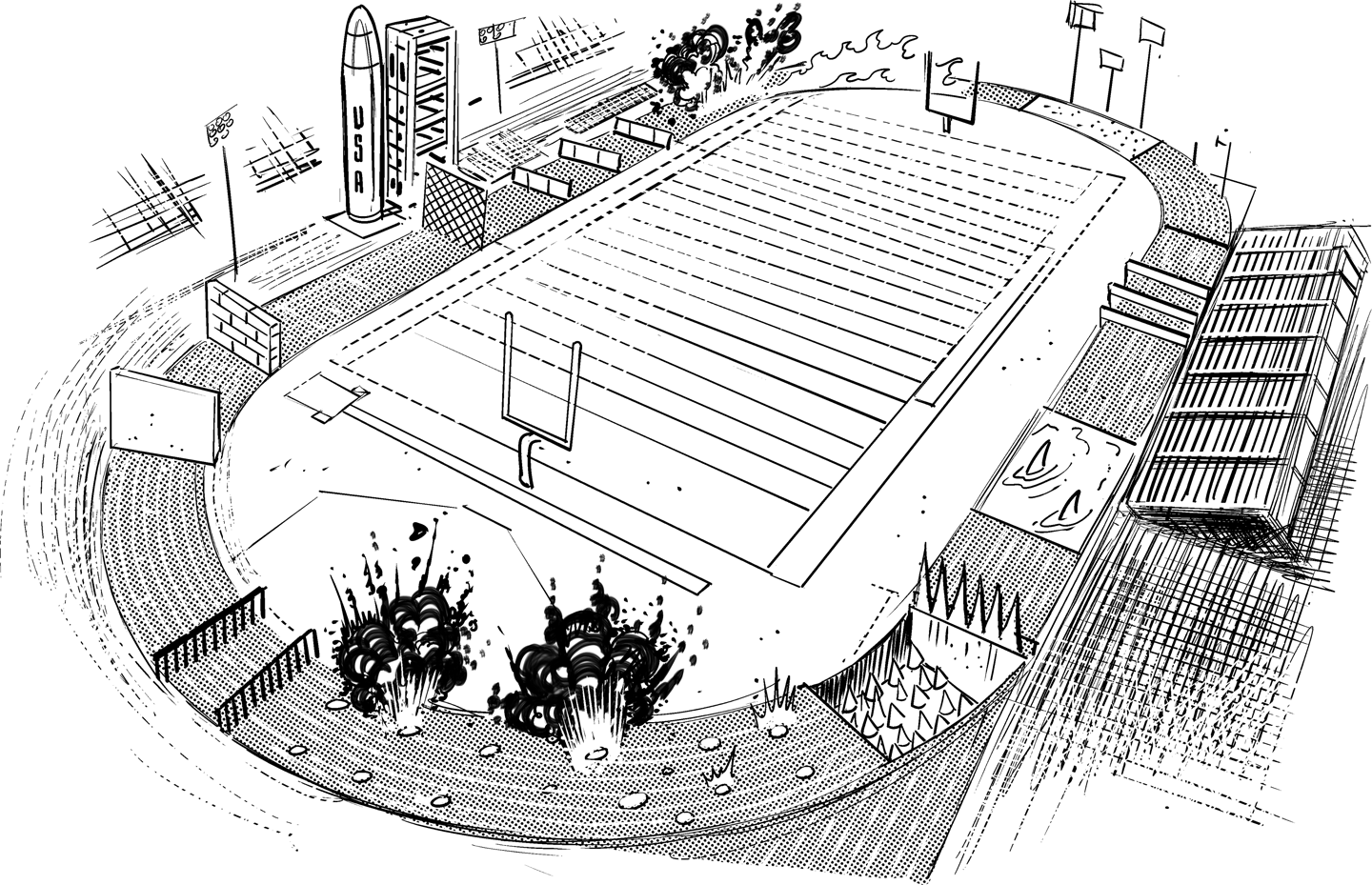Chapter 36. The Infinite Loop
Sometimes Running in Circles Can Be Productive

The corporate innovation circuit. Best lap time: unknown
In programming, an infinite loop is rarely a good thing (unless you are Apple, Inc., and your address is 1 Infinite Loop in Cupertino, California). But even Apple HQ appears to be moving off the infinite loop, which is a noteworthy feat in and of itself. In poorly run organizations (not Apple!) employees often make cynical remarks about how they run in circles and when the desired results aren’t achieved, management tells them to run faster. You surely don’t want to be part of that infinite loop!
Build-Measure-Learn
There’s one loop, though, that’s a key element of most digital companies: the continuous learning loop. Because digital companies know well that control is an illusion (Chapter 27), they are addicted to rapid feedback. Eric Ries eternalized this concept in his book The Lean Startup1 as the Build-Measure-Learn cycle: a company builds a minimum viable product and launches it into production to measure user adoption and behavior. Based on the insights from live product usage, the company learns and refines the product. Jeff Sussna aptly describes the “learning” part of the cycle as “operate to learn”—the goal of operations isn’t to maintain the status quo but to deliver critical insights into making a better product.
Digital RPMs
Get The Software Architect Elevator now with the O’Reilly learning platform.
O’Reilly members experience books, live events, courses curated by job role, and more from O’Reilly and nearly 200 top publishers.

